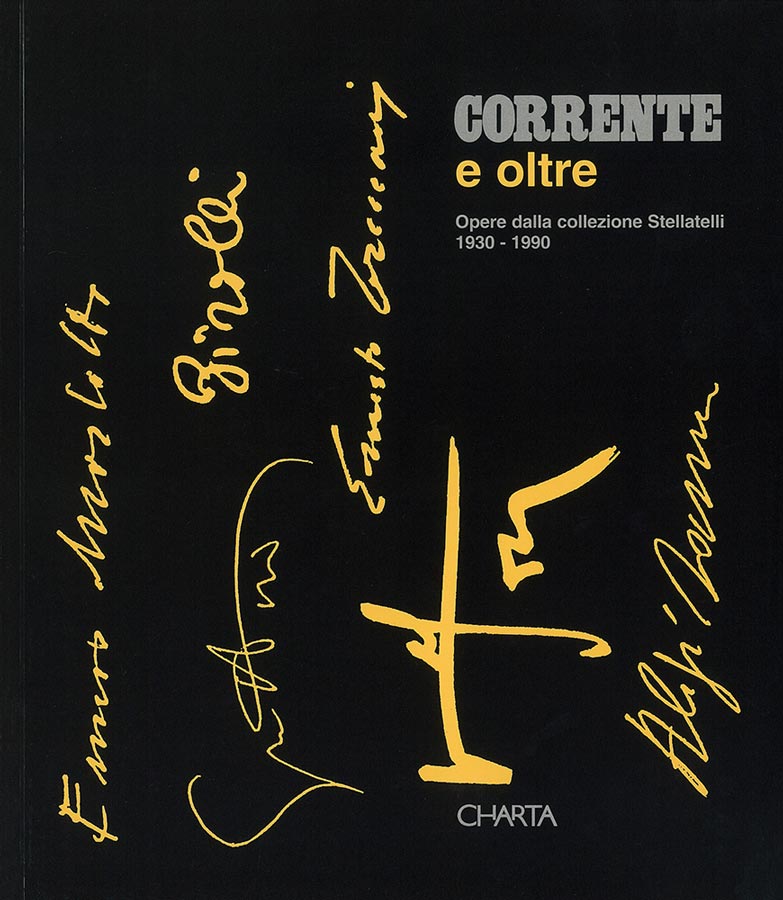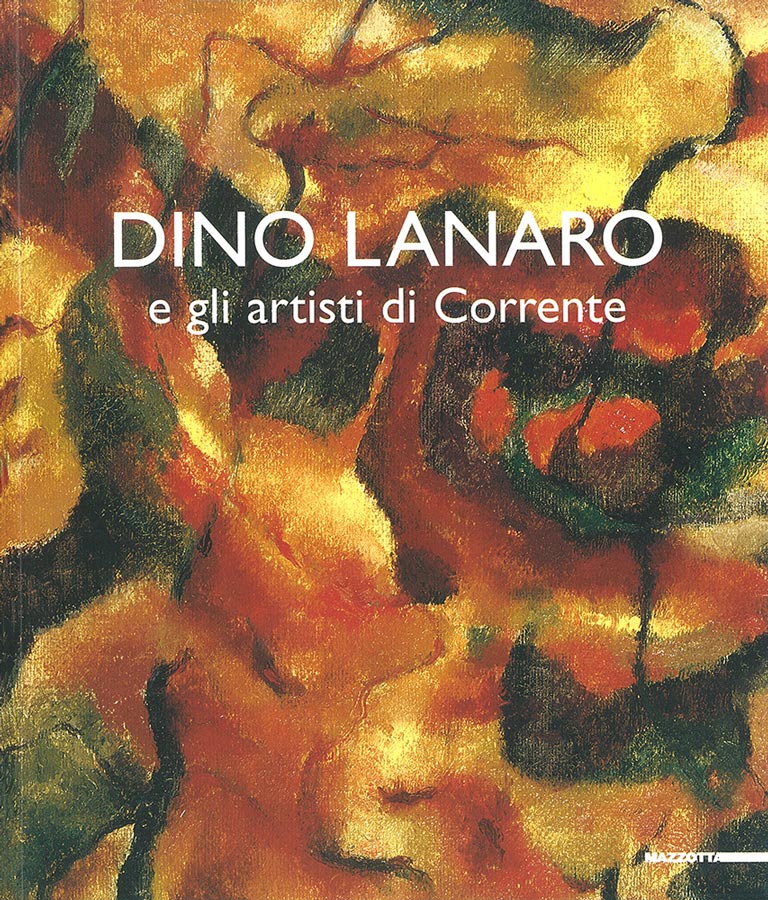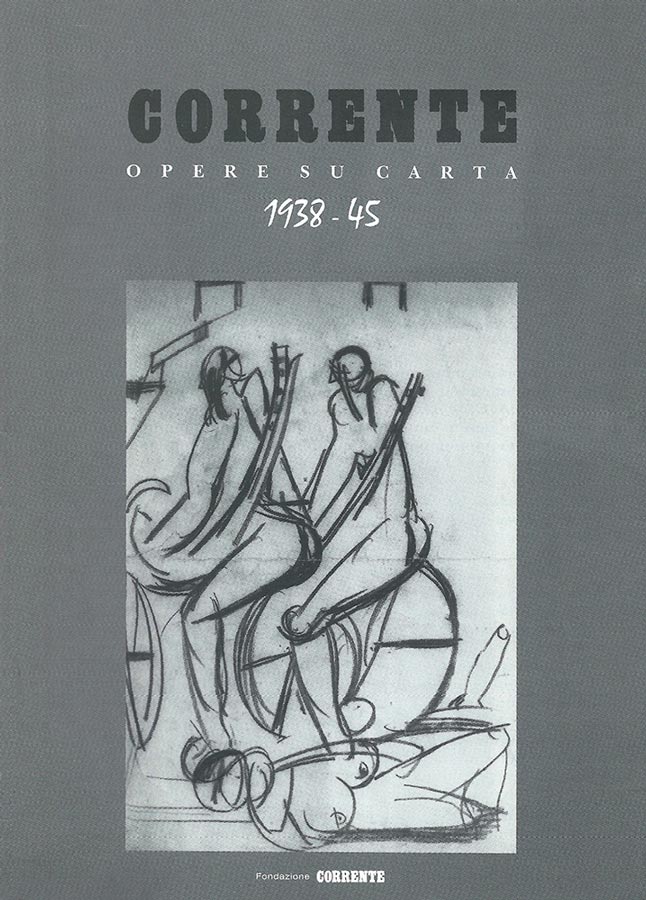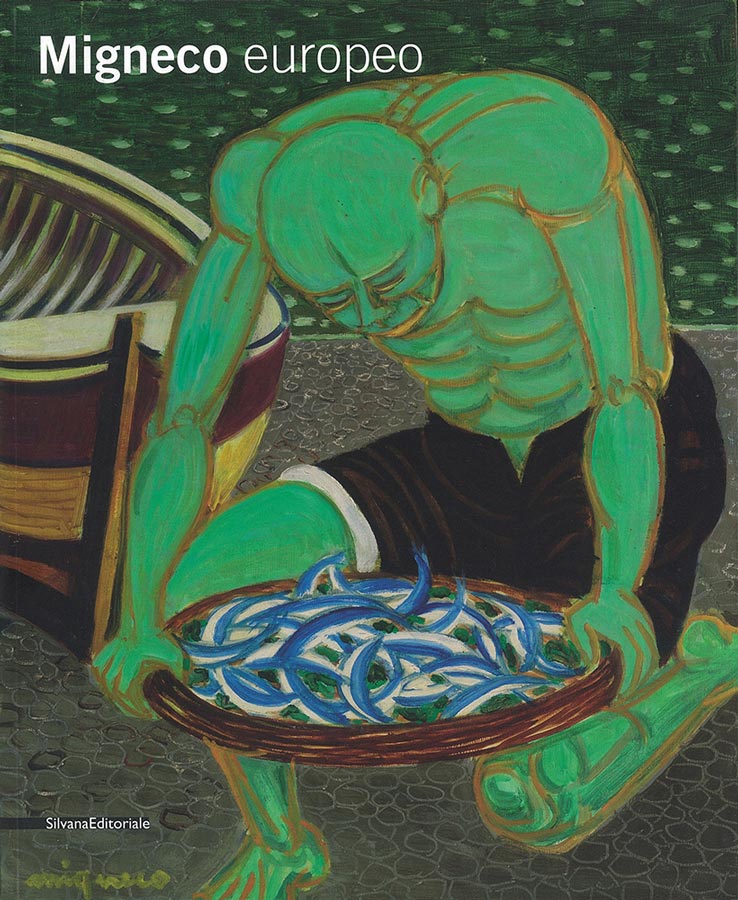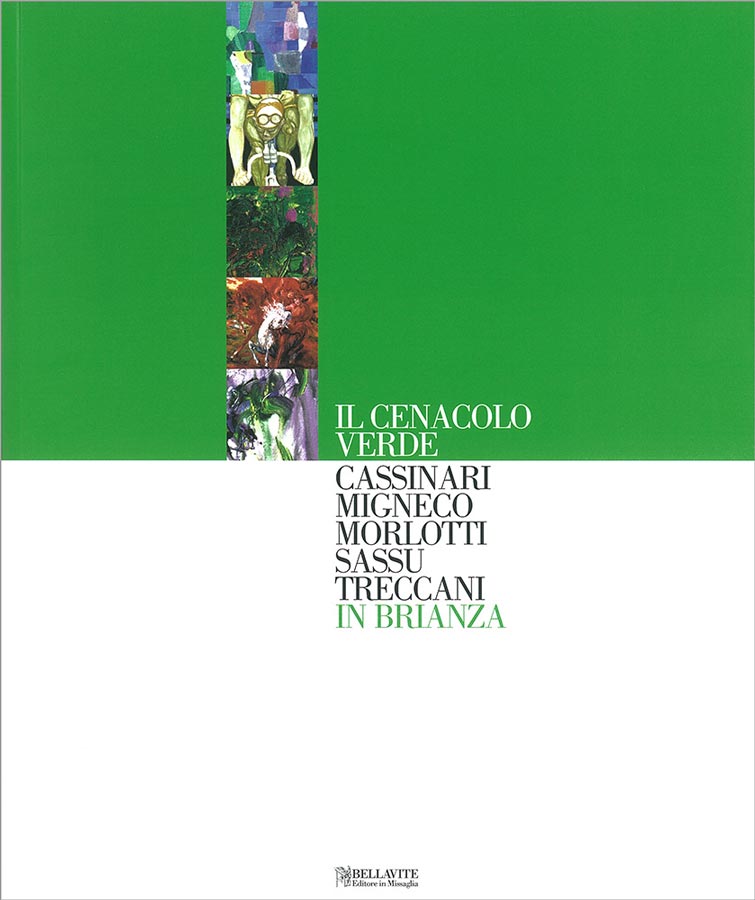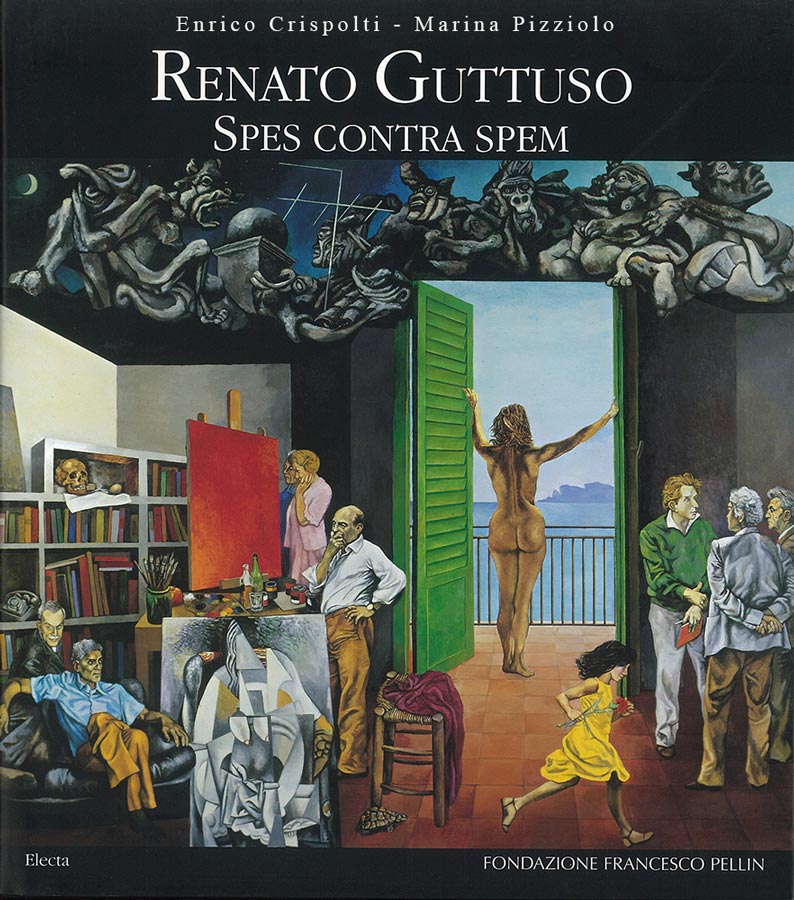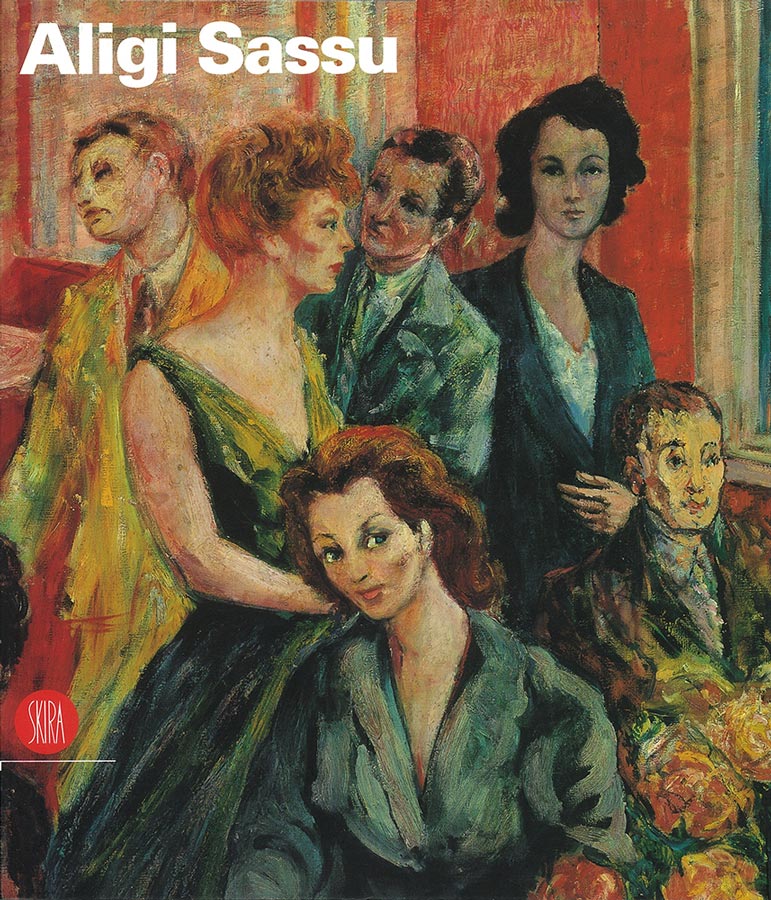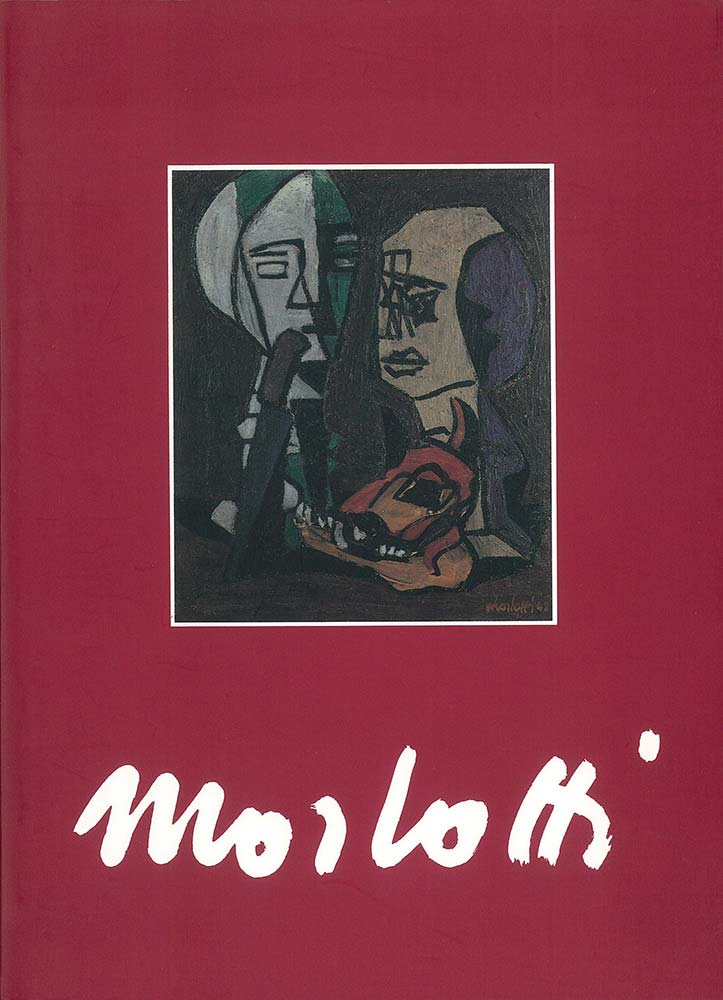Archivi di Corrente
Archivi di Corrente [Corrente Archives]: 1938-1945
When they were created. In 1998 in Milan, the Corrente Foundation announced the creation of the Archivi di Corrente, a project to catalogue the works executed by the Corrente artists between 1938 and 1945. The research project was conceived and directed by Marina Pizziolo, then a member of the Scientific Committee of the Corrente Foundation. Marina Pizziolo and Romano Ravasio have continued to develop this project within the context of Art Consulting.
Marina Pizziolo is considered to be one of the major experts on the Corrente movement and has curated its most important exhibitions since 1998. Below is a list of her main books on the subject.
Their purpose. The purpose of the archives is to create a database, including works and documents, for the comparative study of the artistic production of the protagonists of the Corrente movement in a period that was crucial for Italian culture.
The project of study and cataloguing concerns the following artists: Arnaldo Badodi, Renato Birolli, Luigi Broggini, Domenico Cantatore, Bruno Cassinari, Sandro Cherchi, Piero Gauli, Luigi Grosso, Renato Guttuso, Dino Lanaro, Alfredo Mantica, Giacomo Manzù, Giuseppe Migneco, Ennio Morlotti, Gabriele Mucchi, Giovanni Paganin, Gastone Panciera, Hiero Prampolini, Aligi Sassu, Fiorenzo Tomea, Ernesto Treccani, Italo Valenti, Emilio Vedova.
Below are some of Marina Pizziolo’s books about artists of the Corrente movement.
Your cooperation is important. Collectors who own works created by these artists between 1938 and 1945 are invited to inform Marina Pizziolo of this fact. The dispersion and, in many cases, the destruction of numerous works as a result of the war makes the study of the art of those years extremely difficult. The reporting of documents, photographs or letters is also extremely useful. We thank you for your precious cooperation.
But what is Corrente? The Corrente movement did not come about from the promulgation of a manifesto. The fullest expression of the poetics of the group was entrusted to the magazine “Corrente di Vita Giovanile”, later simply “Corrente”, founded in Milan in 1938 by seventeen-year-old Ernesto Treccani. Within just two years of its publication it had become the cultural training ground of the intellectuals who were to dominate the Italian scene of the post-war period.
The adventure of Corrente did not lead to the development of a style, understood as some kind of formalistic enclosure, but to the development of an impassioned language of reality, capable of harmonizing its tones with the poetics of the individual artists of the group. “I feel life and the desire to communicate grow in me”, wrote Ernesto Treccani in 1943, when the nightmare of bombing was threatening Milan: “In my mind I have a painting, which must be full of life and death. Black, white, grey, and some red, like lightning. We must speak the words of life to men”.
For those who would like to find out more about this topic, see the essay by curator Marina Pizziolo, published to mark the major exhibition in Milan at Palazzo Reale in 2008.
The two exceptional documents that follow are unabridged versions of issues of the Corrente magazine: No. 4 year II, published 28 February 1939 and No. 6 year II, published 31 March 1939.








